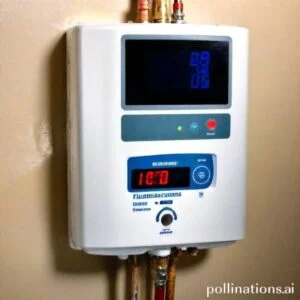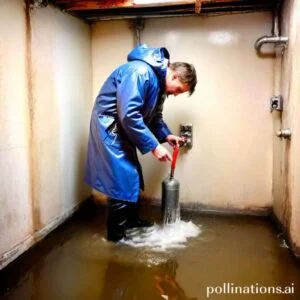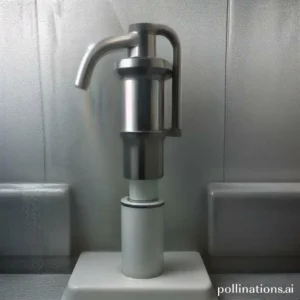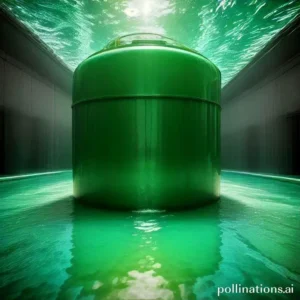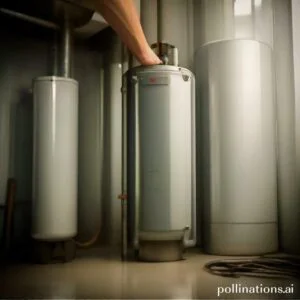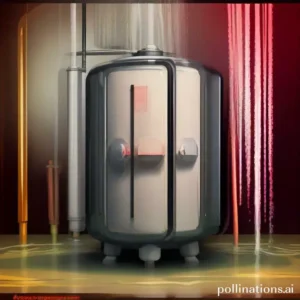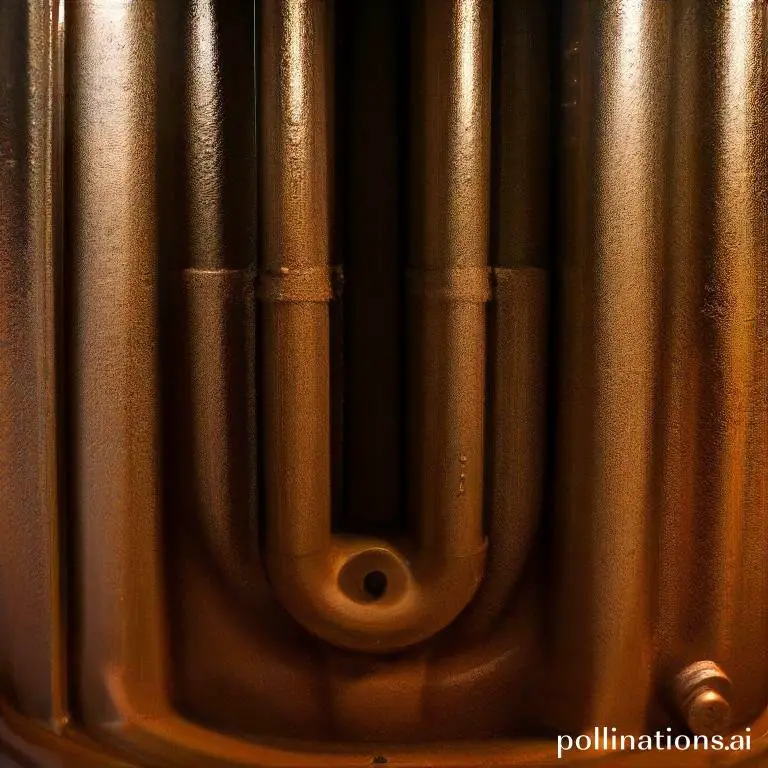
Sediment accumulation in water heaters can significantly impact the effectiveness and efficiency of flushing. As sediment builds up over time, it can reduce the amount of available space for water, leading to reduced heating capacity and increased energy consumption.
Additionally, sediment can cause corrosion and damage to the water heater’s heating element, resulting in costly repairs or even the need for a replacement. Assimilating how sediment affects water heater flushing is crucial for maintaining optimal performance and extending the lifespan of your water heater.
What is sediment?
Sediment refers to solid particles that accumulate at the bottom of water heaters over time. It is a common issue that can affect the performance and efficiency of the water heater.
1. Definition of sediment
Sediment in water heaters refers to any solid material, such as minerals, rust, or debris, that settles at the bottom of the tank. It is typically formed as a result of the natural process of water heating and cooling, causing minerals and impurities to separate from the water and settle at the bottom.
2. Types of sediment commonly found in water heaters
There are various types of sediment that can be commonly found in water heaters:
| Type of Sediment | Description |
|---|---|
| Mineral Deposits | These are formed by minerals, such as calcium and magnesium, that are present in the water supply. Over time, these minerals can build up and form a layer of sediment. |
| Rust | If the water heater tank is made of steel, corrosion can occur over time, leading to the formation of rust sediment. |
| Debris | Debris, such as sand, dirt, or small particles, can enter the water heater through the water supply and settle at the bottom of the tank. |
3. How sediment accumulates in water heaters
Sediment accumulates in water heaters through a process called sedimentation. When the water is heated, minerals and impurities separate from the water and settle at the bottom of the tank. Over time, this sediment layer can become thicker and reduce the efficiency of the water heater.
For example, mineral deposits can form a layer of scale on the heating elements, reducing their effectiveness and increasing energy consumption. Rust sediment can corrode the tank and lead to leaks or malfunctions. Debris can clog the pipes or valves, affecting the flow of water.
To prevent sediment accumulation and maintain the performance of your water heater, regular maintenance, such as flushing the tank and removing the sediment, is recommended.
Why is sediment a problem?
Sediment accumulation in water heaters can cause a range of issues that impact their performance and longevity. Integral to understand the reasons why sediment is a problem in order to prevent these negative consequences.
1. Reduced heating efficiency
One of the main problems caused by sediment is reduced heating efficiency. As sediment builds up at the bottom of the water heater tank, it creates a layer that acts as an insulator. This insulating layer prevents the heat from transferring efficiently to the water, resulting in longer heating cycles and increased energy consumption.
2. Increased energy costs
Due to the reduced heating efficiency caused by sediment, water heaters have to work harder and longer to heat the water to the desired temperature. This increased workload leads to higher energy costs, as more electricity or gas is required to generate the necessary heat.
3. Damage to water heater components
Sediment can also cause damage to various components of the water heater. The accumulation of sediment at the bottom of the tank can lead to corrosion and deterioration of the tank’s inner lining. Additionally, sediment can clog or damage the heating elements, thermostats, and other internal parts of the water heater, reducing their effectiveness and potentially leading to costly repairs or replacements.
4. Risk of leaks and ruptures
Another significant problem associated with sediment is the increased risk of leaks and ruptures in the water heater. As sediment accumulates, it can create pressure points within the tank, weakening its structure. Over time, this pressure can cause leaks or even ruptures, resulting in water damage to the surrounding area and the need for immediate repairs or replacement of the water heater.
How does sediment affect water heater flushing?
Sediment buildup and clogging of drain valve:
When sediment accumulates in a water heater, it can lead to the clogging of the drain valve. This buildup restricts the flow of water during the flushing process, making it less effective in removing the sediment.
Reduced effectiveness of flushing process:
As sediment builds up inside the water heater, it reduces the effectiveness of the flushing process. The sediment acts as a barrier, preventing the water from effectively dislodging and flushing out the accumulated debris.
Increased time and effort required for flushing:
With sediment present in the water heater, flushing becomes a more time-consuming and labor-intensive task. The sediment needs to be thoroughly flushed out, requiring more time and effort to ensure the water heater is properly cleaned.
Risk of damage to water heater during flushing:
Attempting to flush a water heater with sediment buildup carries the risk of damaging the appliance. The pressure created during the flushing process can cause strain on the water heater’s components, potentially leading to leaks or other issues.
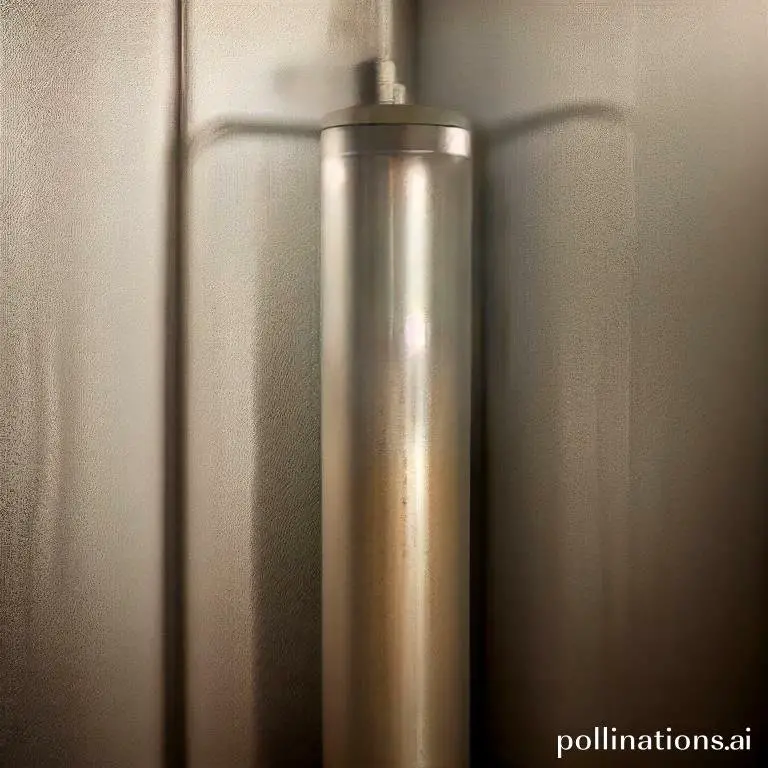
Best Practices for Flushing a Water Heater with Sediment
1. Recommended Frequency of Flushing
Flushing your water heater regularly is essential to maintain its efficiency and prolong its lifespan. Experts recommend flushing the water heater at least once a year to remove sediment buildup.
2. Preparation Before Flushing
Before you begin flushing your water heater, there are a few important steps to take. Start by turning off the power supply to the heater, either by switching off the circuit breaker or turning off the gas supply. Next, locate the drain valve and attach a garden hose to it. Make sure the other end of the hose is placed in a suitable drainage area, such as a floor drain or outside.
3. Step-by-Step Flushing Process
To flush the water heater, follow these steps:
- Open a hot water faucet in your home to relieve pressure in the tank.
- Slowly open the drain valve on the water heater to allow the water to flow out through the hose. Be careful as the water may be hot.
- Let the water drain completely until it runs clear.
- Close the drain valve and remove the hose.
- Turn off the hot water faucet you opened earlier.
Flushing the water heater helps to remove sediment, which can improve the heater’s efficiency and prevent damage.
4. Post-Flushing Maintenance
After flushing the water heater, it’s important to perform some maintenance tasks to ensure its proper functioning:
- Close the drain valve tightly.
- Turn on the water supply to refill the tank.
- Check for any leaks around the drain valve or other connections.
- Turn on the power supply or relight the pilot light if necessary.
Regular maintenance and flushing of your water heater will help prevent sediment buildup, extend its lifespan, and ensure efficient operation.
| Topic | Details |
|---|---|
| Recommended Frequency | At least once a year |
| Preparation | Turn off power supply, attach hose to drain valve |
| Flushing Process | Open faucet, open drain valve, let water drain, close drain valve |
| Post-Flushing Maintenance | Close drain valve, turn on water supply, check for leaks, restore power supply |
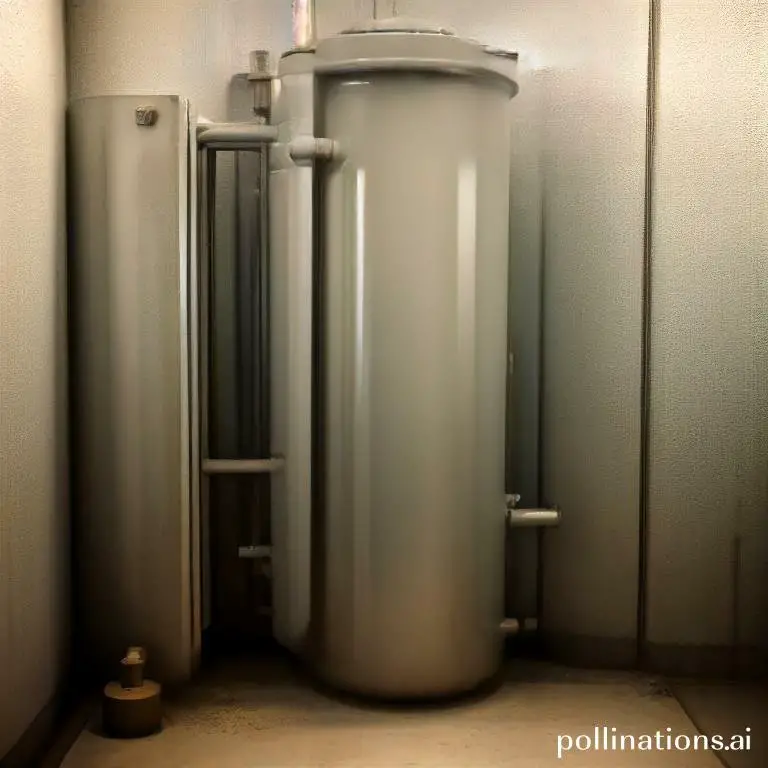
Prevention of Sediment Buildup
1. Water Filtration Systems
Sediment buildup in water can lead to various issues such as clogged pipes, reduced water flow, and decreased water quality. To prevent sediment buildup, one effective solution is the use of water filtration systems. These systems are designed to remove impurities and particles from the water, including sediments.
A water filtration system typically consists of multiple stages, each targeting different types of contaminants. The first stage often includes a sediment filter, specifically designed to capture larger particles such as sand, silt, and rust. By removing these sediments, the filtration system helps prevent their accumulation in pipes and appliances.
Investing in a high-quality water filtration system for your home or business can significantly reduce the risk of sediment buildup, ensuring clean and clear water for various purposes.
2. Water Softeners
In addition to filtration systems, another effective method to prevent sediment buildup is the use of water softeners. Hard water, which contains high levels of minerals such as calcium and magnesium, is more prone to sediment accumulation.
Water softeners work by removing these minerals through a process called ion exchange. The softener system replaces the calcium and magnesium ions with sodium or potassium ions, resulting in softer water. Soft water not only helps prevent sediment buildup but also offers benefits like improved soap lathering, reduced scale formation, and extended lifespan of appliances.
3. Regular Maintenance and Inspection
Even with the use of water filtration systems and softeners, regular maintenance and inspection are essential to prevent sediment buildup effectively. Over time, sediments can still accumulate despite preventive measures. Therefore, it is crucial to schedule regular maintenance checks and inspections.
A professional plumber or water treatment specialist can assess the condition of your plumbing system, identify any potential issues, and perform necessary cleaning or repairs. Regular maintenance not only helps prevent sediment buildup but also ensures the overall efficiency and longevity of your water supply system.
| Methods | Benefits |
|---|---|
| Water Filtration Systems | Removes impurities and particles from water |
| Water Softeners | Reduces mineral content, resulting in softer water |
| Regular Maintenance and Inspection | Ensures efficiency and longevity of the water supply system |
Bottom Line
Sediment buildup in water heaters can cause a range of problems, including reduced efficiency, shorter lifespan, and even complete failure. Flushing your water heater regularly is essential to remove sediment and keep it running smoothly. Albeit, sediment can also affect the flushing process itself, making it less effective and potentially damaging your water heater. To avoid these issues, it’s important to understand how sediment affects water heater flushing and take steps to prevent or address any problems. This may include using a sediment filter, adjusting your flushing technique, or seeking professional help if necessary. By staying on top of sediment buildup and flushing your water heater regularly, you can ensure that it continues to provide reliable hot water for years to come.
Read More:
1. Are There Risks To Diy Water Heater Flushing?
2. Can Flushing Improve Water Heater Efficiency?
